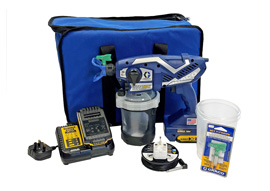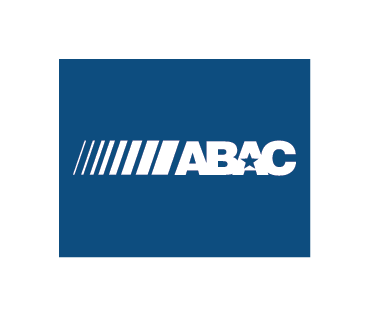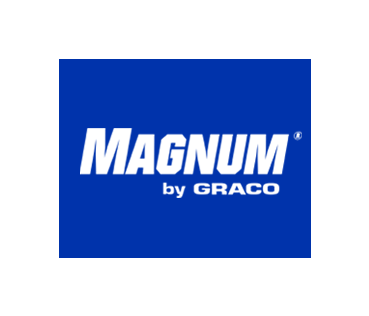What's the Optimal Temperature and Humidity for Spray Painting?
For the best results, spray painting should be done in temperatures between 18°C and 25°C, with humidity levels between 40% and 60%. These conditions help ensure smooth, even coverage and reduce the risk of common problems like blistering, bubbling, peeling, and poor adhesion.
- Too hot? Paint may dry too quickly, leading to a rough or uneven finish.
- Too cold? Paint may become thick, take much longer to dry, and cause bubbling or patchiness.
- Too humid? Moisture can collect on surfaces, causing the paint to peel or fail to adhere.
- Too dry? Low humidity can make the paint dry too fast, resulting in a patchy or uneven coat.
Can You Spray Paint in Cold Weather?
Yes, you can - but it requires extra care. Cold temperatures slow drying times, reduce paint flow, and can impact adhesion. To get the best finish when it's chilly:
- Keep everything warm: Store tools, paint, and materials in a heated space before use.
- Warm the paint gently: If possible, bring it up to room temperature in a warm area (don't overheat).
- Pre-warm the surface: If you can, warm the object you're painting to help the paint bond better.
- Work indoors or sheltered: Try to spray in a protected, warmer space to reduce weather effects.
- Use cold-weather spray paints: These are designed to perform better at low temperatures.
- Be patient: Allow extended drying time between coats - even if it takes much longer than usual.
How to Spray Paint in High or Low Humidity
Spray painting outside the ideal humidity range (40-60%) can be tricky but manageable.
High Humidity (Above 65%)
- Avoid painting if the surface feels damp or shows condensation.
- Use a dehumidifier or move the project indoors if possible.
- Choose fast-drying or moisture-resistant paints.
- Allow longer drying time between coats.
Low Humidity (Below 30%)
- Spray in a sheltered area to minimise airflow.
- Use thin, even coats to avoid over-spraying.
- Let the paint cure naturally - don't rush it, or you risk cracking.
- Do a test spray on cardboard first to check how the paint behaves.
Explore Spray Direct's Range of Spray Painting Accessories
Getting ready for a project? Browse our full range of spray painting accessories, including everything from professional-grade tools to trusted PPE-so you can spray with confidence, whatever the weather.
Need advice? Our expert team is here to help with guidance on ideal spray painting conditions or product recommendations. Contact us today.


























